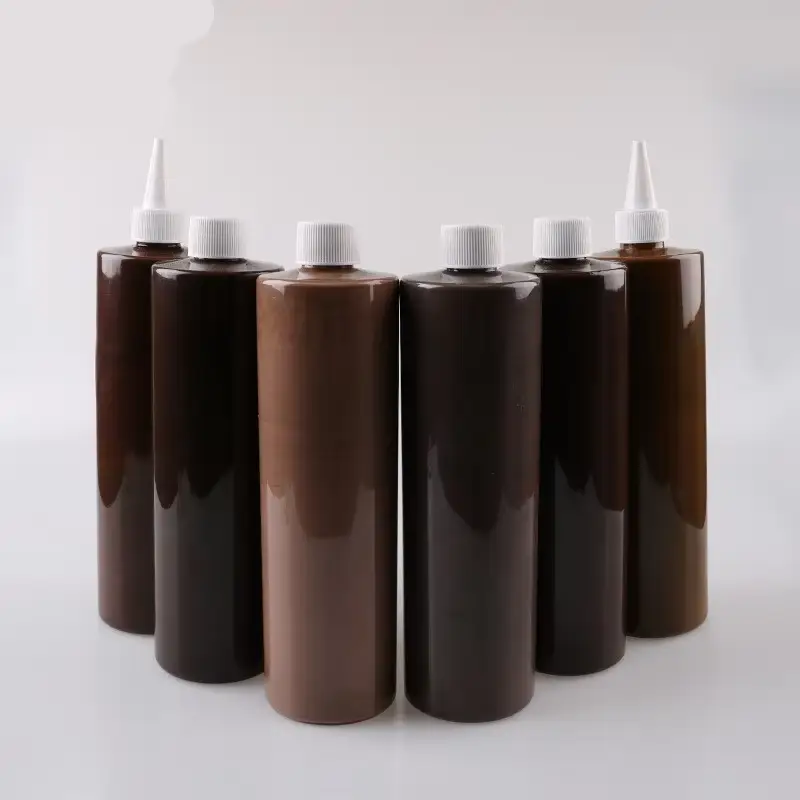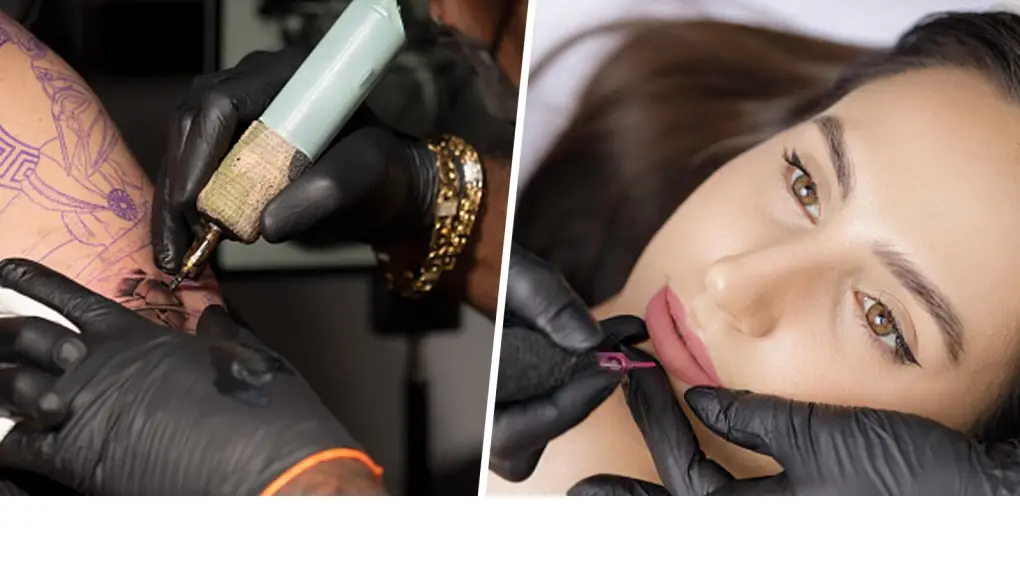Composition:
- Permanent Makeup Pigments: These pigments are designed for cosmetic purposes, primarily for enhancing eyebrows, eyeliner, and lips. They are made with finer particles and typically contain organic and inorganic compounds. These pigments are designed to fade naturally over time, allowing adjustments or changes as facial features change with age.
- Tattoo Inks: Traditional tattoo inks are more concentrated and made with larger pigment particles, which are often composed of metal salts, carbon-based materials, and other substances. Tattoo ink is more durable and tends to last a lifetime with minimal fading.
Depth of Application:
- Permanent Makeup Pigments: Applied in the upper layer of the skin (epidermis and superficial dermis), which allows for a more subtle, natural look and easier fading.
- Tattoo Inks: Deposited deeper into the dermis, resulting in longer-lasting, more permanent designs that are more resistant to fading.
Color Stability and Fading:
- Permanent Makeup Pigments: These pigments are designed to fade gradually over time, usually lasting 1-3 years before requiring touch-ups. They fade evenly to allow for color adjustments.
- Tattoo Inks: Although they may fade slightly over the years, tattoo inks generally remain visible for a lifetime, often requiring laser removal to significantly alter or remove them.
Consistency and Viscosity:
- Permanent Makeup Pigments: These pigments tend to have a creamier, thicker consistency, which allows for easier manipulation during delicate cosmetic procedures.
- Tattoo Inks: Inks are more liquid and less viscous, designed for body art, and suited for larger-scale designs with more bold and defined lines.
Purpose and Appearance:
- Permanent Makeup Pigments: Focused on enhancing natural beauty with subtle, natural-looking results. They are ideal for replicating hair strokes in eyebrows, delicate eyeliner, or lip blushing.
- Tattoo Inks: Used for creating body art, offering bold, vivid colors and complex designs that stand out. Tattoo ink tends to have higher pigment saturation for bright and distinct visuals.
Longevity and Removal:
- Permanent Makeup Pigments: Meant to be semi-permanent, fading within a few years, which allows for trends and preferences to change without committing to a lifetime result.
- Tattoo Inks: Designed to last for life, with fading occurring slowly over decades. Removing tattoos requires laser treatments or other intensive removal methods.


In tattooing, ink is injected into the skin, while permanent makeup uses specially formulated pigments. Tattoo inks offer a wide color spectrum, while permanent makeup typically features black, brown, and reds for lip enhancement. These pigments, often plant-based, are placed just below the epidermis and have smaller particles, making them more easily absorbed by the body, which results in lower durability.
Permanent makeup is semi-permanent, whereas tattoo removal is difficult, often requiring multiple laser sessions. This is due to the larger pigment particles in tattoo inks, which resist absorption and provide greater color retention over time.

